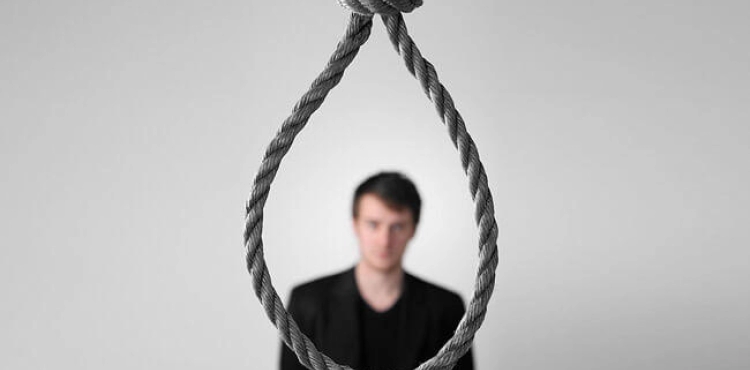The data of the Center for Disease Control and Prevention in the United States indicates that the suicide rate in the 10-24 age group increased from 2007 to 2017 by 56 percent, And that more than half of the homeless in this age group in America have thought of suicide or have already put an end to their lives.
As part of efforts to tackle this phenomenon, researcher Phoebe Fayanos from the University of Southern California School of Computer Engineering has devised a new method aimed at harnessing artificial intelligence technologies to reduce suicide risks.
"As part of this study, we want to find ways to reduce suicidal thoughts and suicide rates amongst young adults. The idea depends on building a support network that includes people who are strategically deployed to monitor their friends and provide Help them if necessary.
Phayanus and her research team devised an algorithm equation that can determine the best people who can be trained to play this role in any social group, so that these people can monitor the early signs of suicidal tendencies and take the appropriate reaction to discourage them from these ideas.
The algorithm equation can select the most appropriate person within any social network to perform this indicative role for youth. This work is of great importance, especially among the displaced youth.
"We want to train as many people as possible to monitor those at risk of suicide, given the lack of resources and problems that these people may face in real life," says Vaiyanus.
"Our algorithm equation can increase the effectiveness of suicide prevention training among homeless people, who are particularly vulnerable," she added.
She stated that this study "also helps policymakers to make decisions to provide the financial sums needed to fund suicide-fighting initiatives, by informing them, for example, of the minimum number of people who can be trained to play a role in fighting suicide."
"Our goal is to protect as many young people as possible," she says.












